In traditional Chinese Medicine, the acupuncture technique is used for maintaining balance in the flow of the life force, which is known as chi. The chi is believed to flow along the meridians of the human body. Inserting needles into those special points brings about balance which causes a free flow of the chi in the body.
However, western medicine view acupuncture points as spots where nerves, muscles, and connective tissue can be stimulated. Some believe that this practice can boost your body’s natural painkillers.
WHY IT’S DONE
Acupuncture can be used to ease the pain that are offshoots of certain diseases and body conditions like:
- postoperative nausea and vomiting induced by chemotherapy.
- Various kinds of headaches
- pains caused by labor
- back pain
- Neck pains
- Osteoarthritis
- Menstrual cramps
- Breathing disorders
RISKS
The practice is considered safer if you are working with a certified acupuncturist who would, of course, use sterile needles. The general side effects may include soreness, minor bleeding, or bruising around the puncture points.
While acupuncture is now a safer practice due to the use of standard disposable needles, it is still not a practice that might work with everybody. It might not work with people who
- Have a bleeding disorder: If you suffer from a bleeding disorder, or you are using blood thinners, then you might just bleed a little too much if you go under the needles.
- Use pacemakers: some acupuncture practices include the use of a little bit of electricity. This can affect the regular operation of a pacemaker.
- Are pregnant: some acupuncture practices are not advised for pregnant women. It can induce labor, leading to premature deliveries.
HOW YOU PREPARE
There are really no special preparations needed for an acupuncture treatment.
CHOOSING A PRACTITIONER
These are the necessary steps to take when choosing an acupuncture doctor:
- Ask people for recommendations
- Ensure that the doctor is certified to practice
- Interview the doctor and ask questions to clear your doubt
- Ensure that you can afford the practice
- It is also advisable to seek your doctor’s advice on the practice. It’s equally advisable to stick to his advice, as he knows, your health history.
ACUPUNCTURE TREATMENT
During an acupuncture treatment, your acupuncturist will insert thin sterile needles into the specific points of your body. This might hurt a little bit.
Each acupuncturist has his own methods, blending both westerns and Eastern practices. Your acupuncturist would ask you specific questions before carrying out the procedure on you. He would ask questions and may check:
- The parts of your body that are painful
- The shape, coating, and color of your tongue
- The color of your face
- The strength, rhythm, and quality of the pulse in your wrist
The whole process should last 60 minutes. The appointments that follow should last around 30 minutes. Most treatment plans would last around one to two treatments. On the norm, around eight treatments should do for each problem being treated.
DURING THE PROCEDURE
Acupuncture points exist around all areas of your body. Sometimes, the points used for treatment may not even be close to the area of your pain. Your acupuncturist would let you know if you have to take off any clothing. A towel is usually provided.
The procedure would take place with you lying on a padded table and includes the following steps
- Needle insertion.
The needles are inserted into specific points in the body. The needles are tiny and do not cause any serious discomfort when inserted. The needles may even go in without causing any pain. Normally, between 5 and 20 needles can be used.
Do note that you might experience a little aching sensation when the needle gets to the right depth.
- Needle manipulation.
Your acupuncturist may manipulate the needle a bit. He or she may use it a little electricity or move the needles gently.
- Needle Removal
Needles stay for around 20 minutes while the patient stays still and relaxed. After this time, needles can be removed without any pain or discomfort.
AFTER THE PROCEDURE
People do feel energized and relaxed after a good session. But the bitter truth still remains that acupuncture doesn’t work for everybody. If your symptoms still persist after a week or two, then you must find another method to treat your pain.
RESULTS
The benefits of the practice are not very easy to measure. However, it is undeniably helpful in handling varying degrees of pain in the human body.
Some studies have, however, shown that some simulated acupuncture yield as many results as the real process. Some research also states that acupuncture works best when people believe it would
Acupuncture has its side effects. So before you go down that route, try out other modern and western methods of treating pain. To get an expert opinion on the pros and cons of Acupuncture contact the Dr’s at Kinetic Rehab and Spine with 3 locations at Ramsey, Paramus and Park Ridge, New Jersey.

